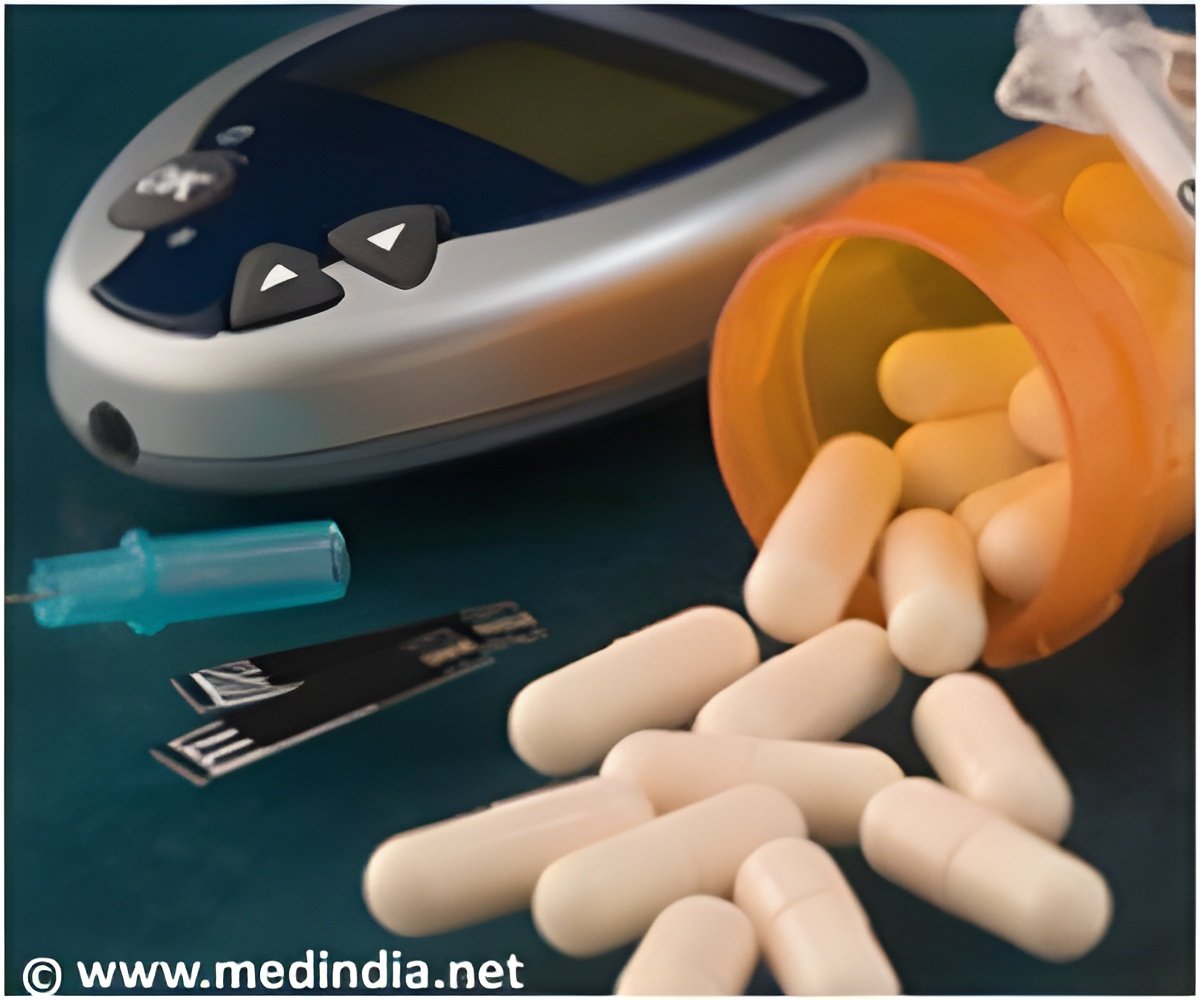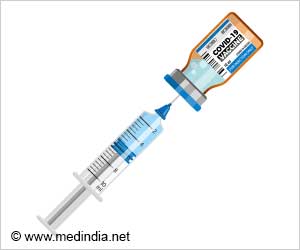Metformin is the most frequently prescribed drug for type 2 diabetes and now reduces the risk of heart disease by 40%

TOP INSIGHT
Metformin is a first-line treatment used for type 2 diabetes and now shows to reduce the risk of cardiovascular disease.
Maruthur, the lead author on the meta-analysis, notes that cardiovascular fatalities - heart attacks and strokes - are major risks for people with uncontrolled blood sugar, but it has never been clear if one diabetes drug is better than another at lowering these fatalities. Other diabetes-related complications include blindness, kidney failure and limb amputations.
This review, Maruthur says, provides a much-needed update to two previous analyses, the last one published in 2011. Since then, researchers have published more than 100 new studies comparing the effectiveness of various blood sugar-lowering drugs, and several new drugs have also come on the market since the last report.
Of the total 204 studies analyzed, 50 spanned several continents, while others were conducted across Europe, Asia and the United States. Most of the studies were short term, with only 22 mostly observational studies lasting more than two years. Participants in the studies were generally overweight with uncontrolled blood sugar levels. Many studies excluded the elderly and those with significant health problems. Just shy of half of the studies made no mention of race or ethnicity. When researchers did report that information, only 10 to 30 percent of participants were nonwhite.
Maruthur says the new analysis not only looked at cardiovascular disease but also other drug effects, including glucose control, and common side effects, such as weight gain, hypoglycemia and gastrointestinal problems. Because the majority of patients with type 2 diabetes end up using multiple blood sugar-lowering drugs, Maruthur and her team also evaluated how the drugs performed when used alone or in combination. While some of the various studies' participants were on insulin, this injectable drug was only evaluated when used in combination with other drugs.
In terms of side effects, a new class of drugs known as SGLT-2 inhibitors, which work by shuttling excess glucose out of the body through urine, caused yeast infections in 10 percent of users, a side effect unique to this drug, Maruthur says. However, SGLT-2 inhibitors, along with another drug class known as GLP-1 receptor agonists, helped patients lose weight. Sulfonylureas, on the other hand, caused weight gain and resulted in the highest rates of hypoglycemia, or too-low blood sugar, among the oral medications.
Overall, Maruthur says, the results indicate that metformin, which has been around since the late 1990s, works just as well, if not better, than sulfonylureas, which have been on the market since the late 1950s/1960s, and diabetes drugs that have appeared on the market more recently. She says the new findings are in line with the current recommendation that metformin be used as a first-line therapy. The real question arises, Maruthur says, when patients and doctors must choose a second drug to be used in combination with the metformin.
"The medications all have different benefits and side effects, so the choice of second-line medications must be based on an individual patient's preferences," Maruthur says.
The cost of diabetes drugs is a major consideration when prescribing. While metformin is available as a relatively cheap generic, many newer drugs carry a hefty price tag. In 2014, per-person spending was higher for diabetes drugs for any other class of traditional drugs, in part because over half the prescriptions filled for diabetes were for nongenerics.
Source-Newswise
 MEDINDIA
MEDINDIA




 Email
Email










